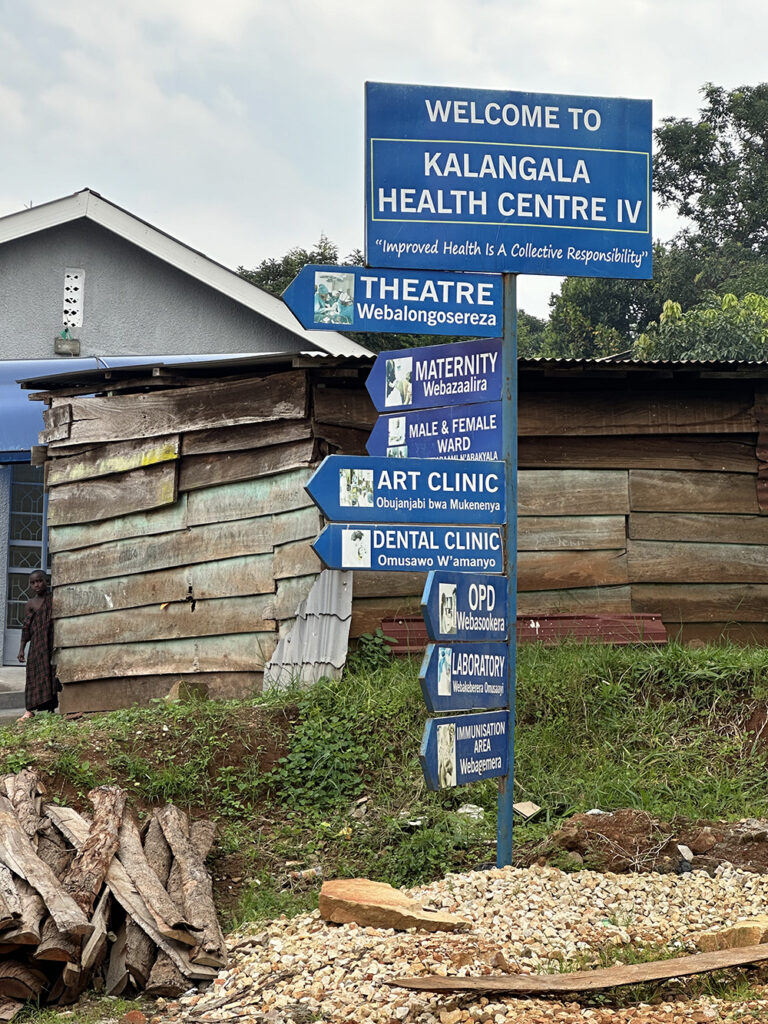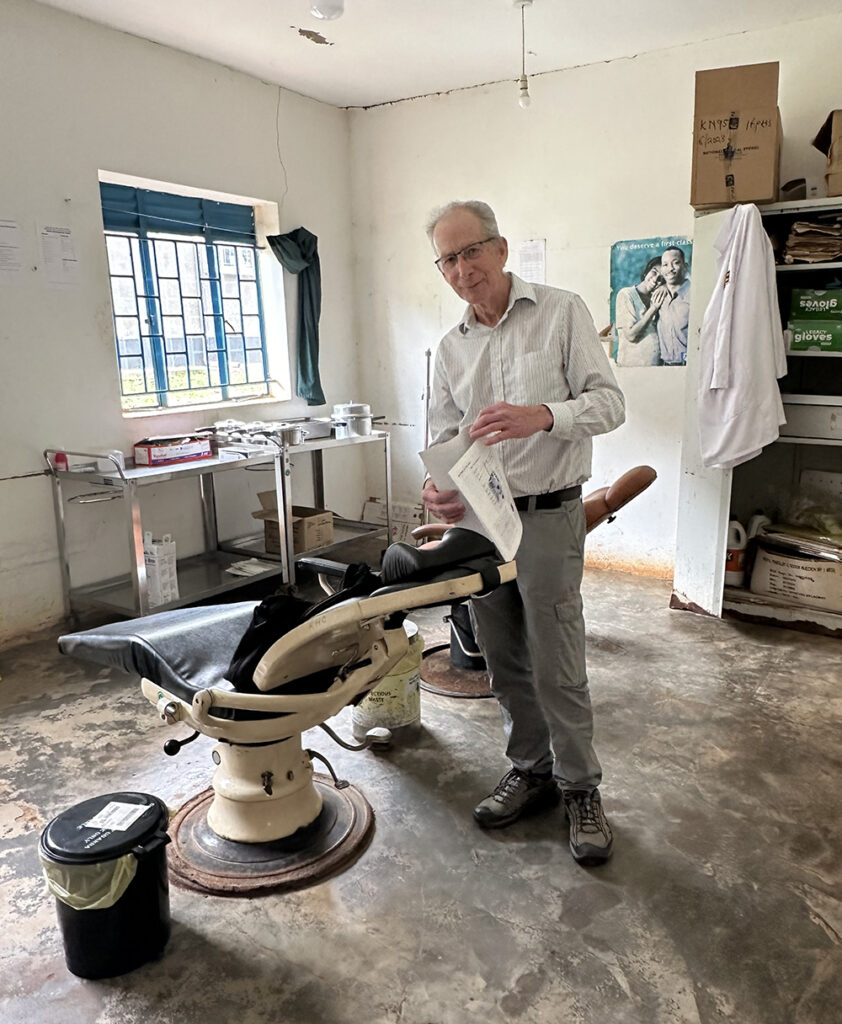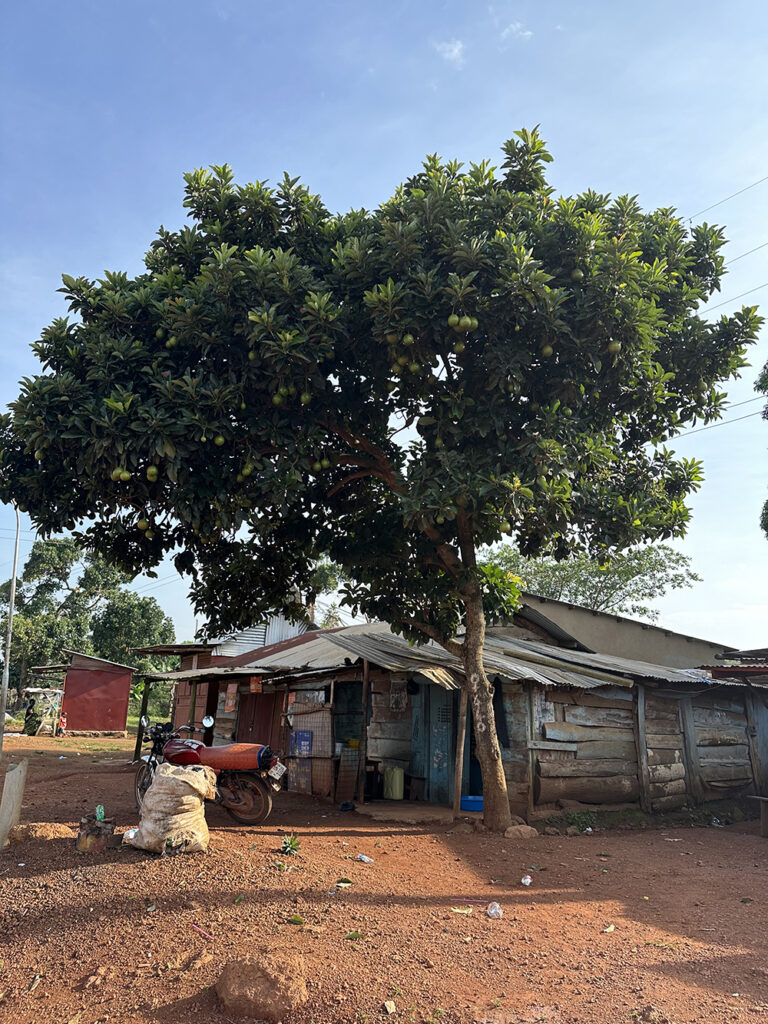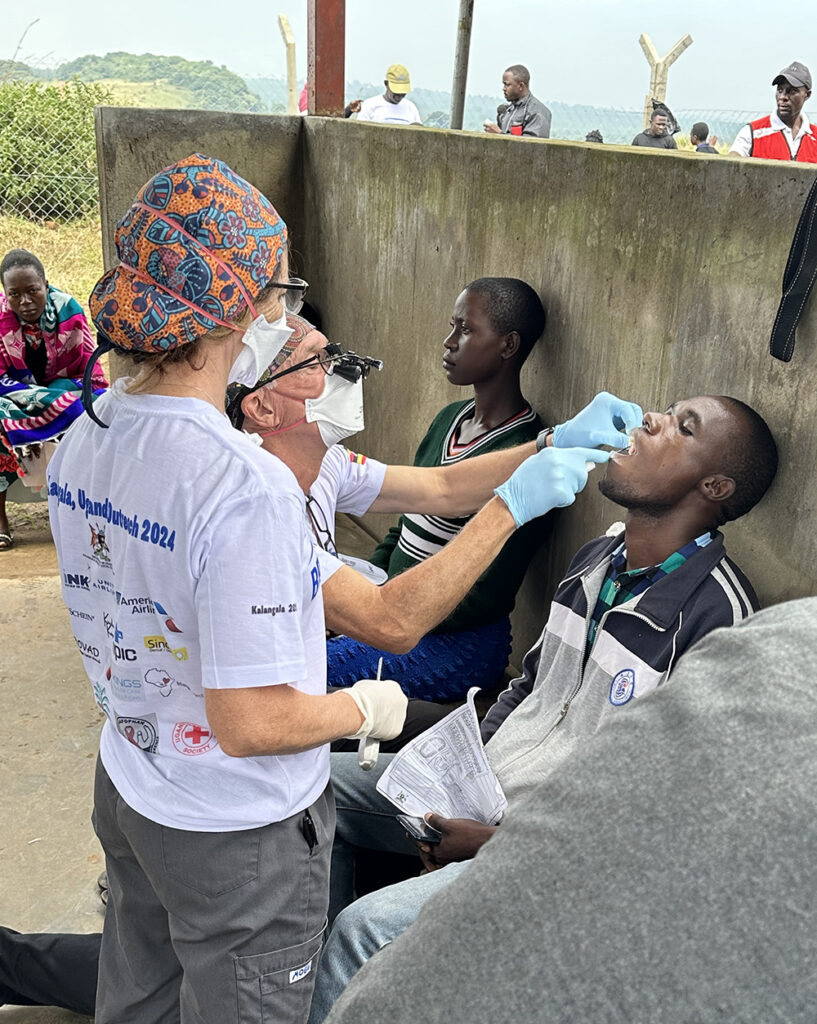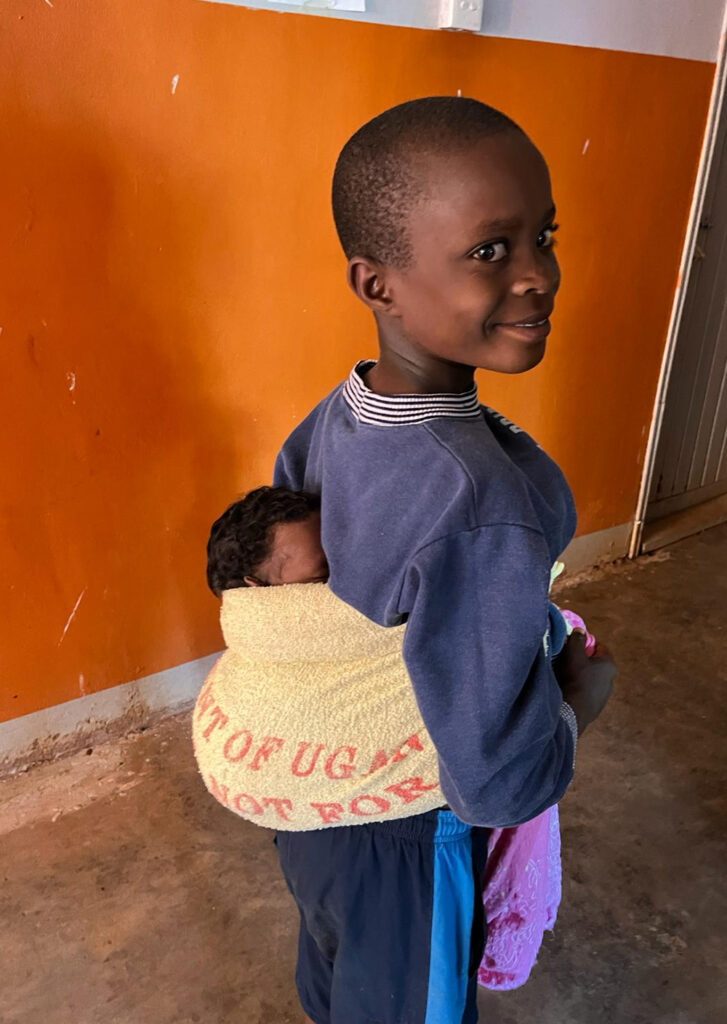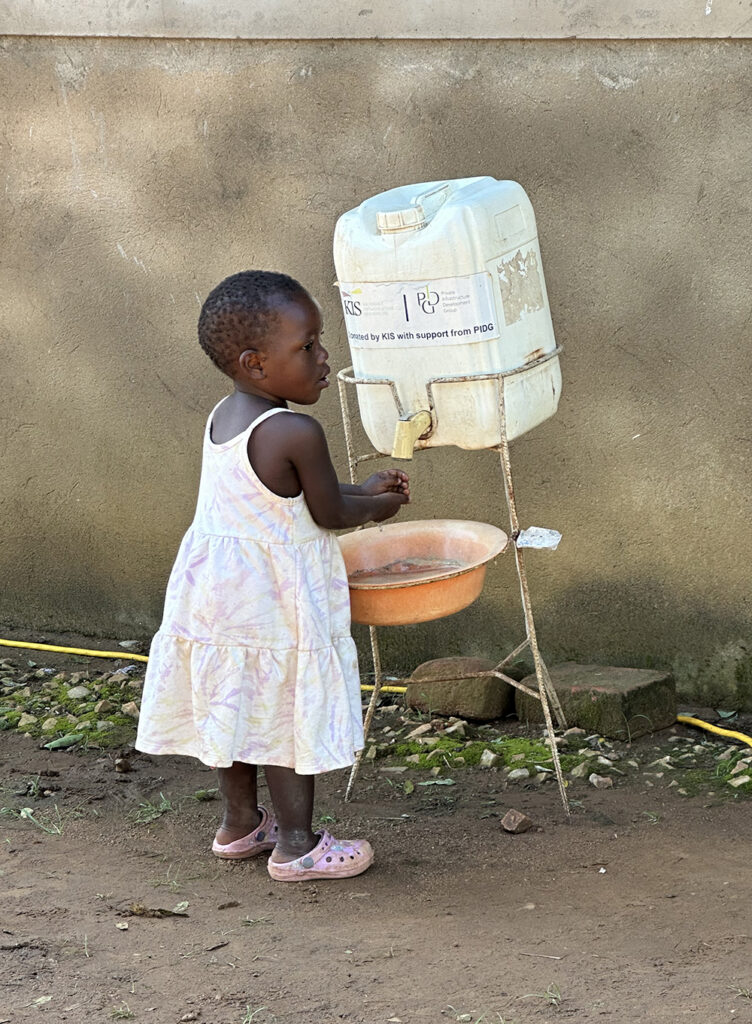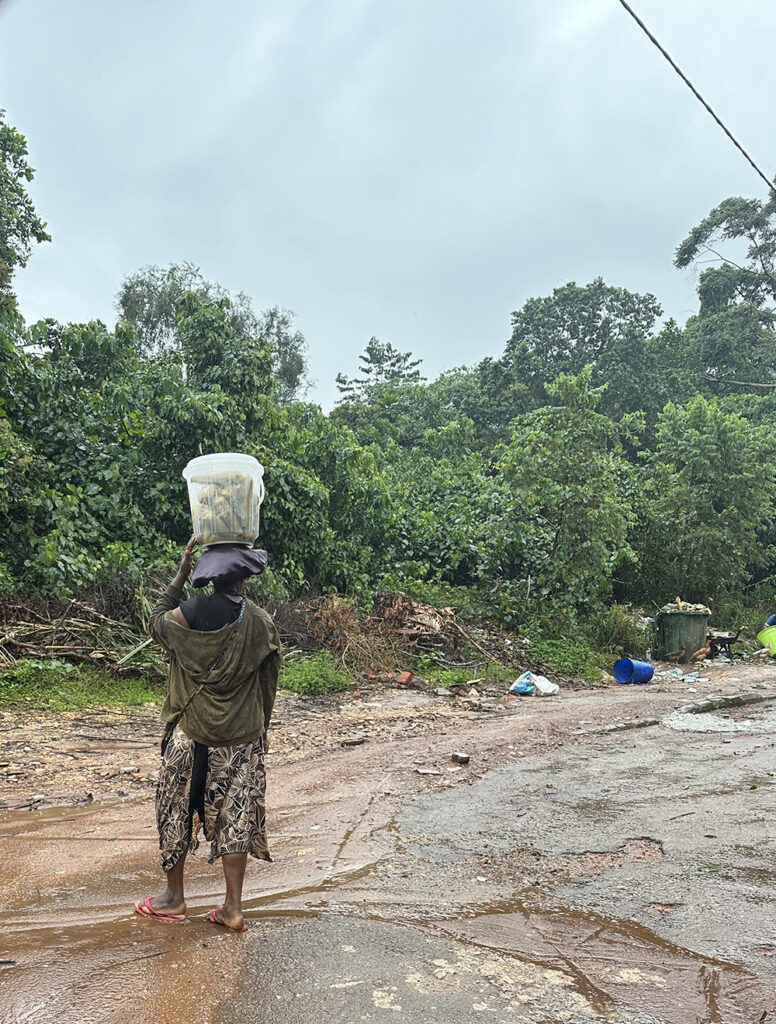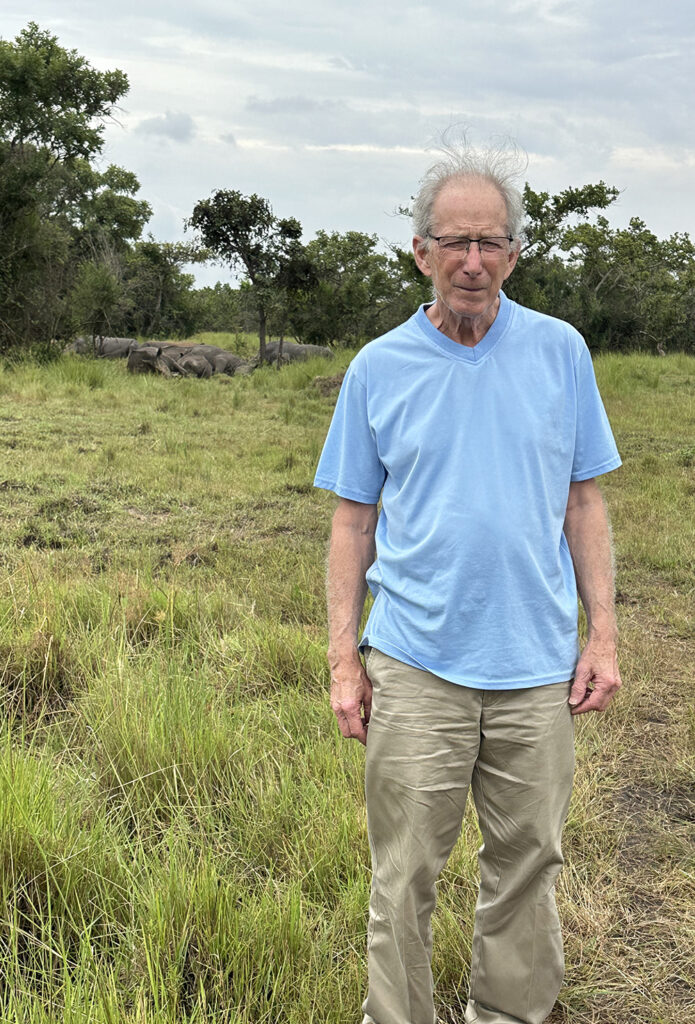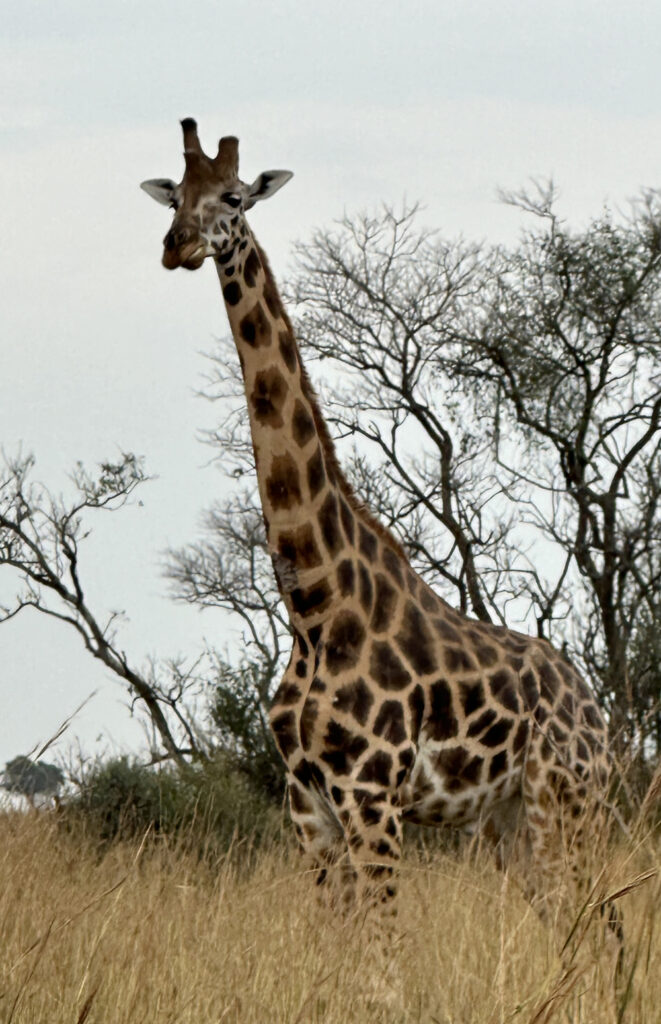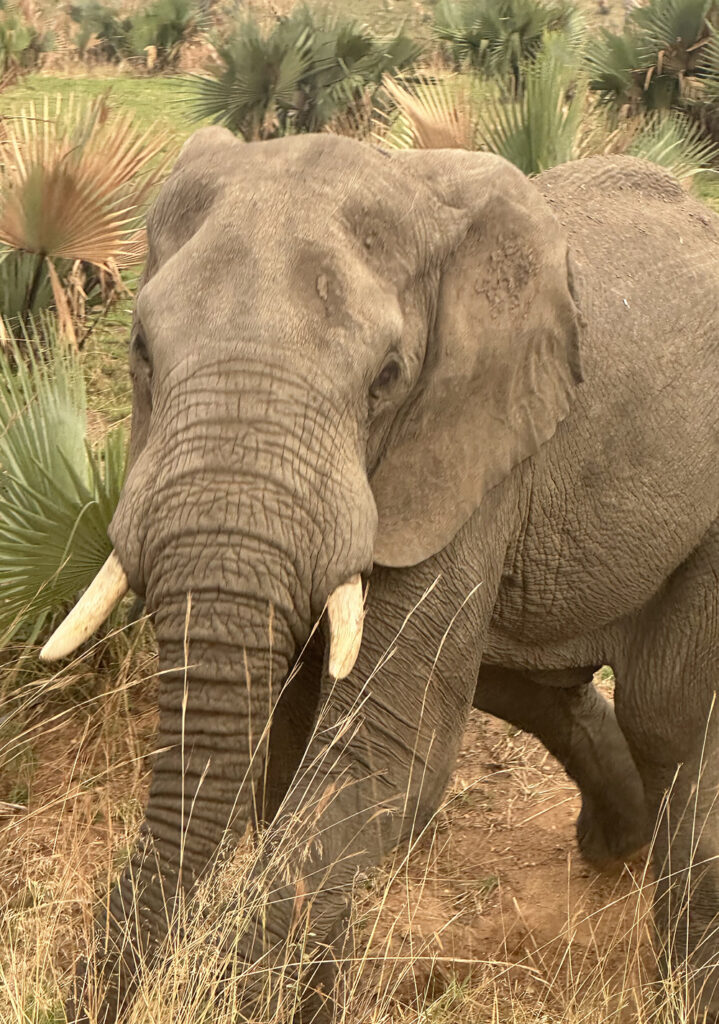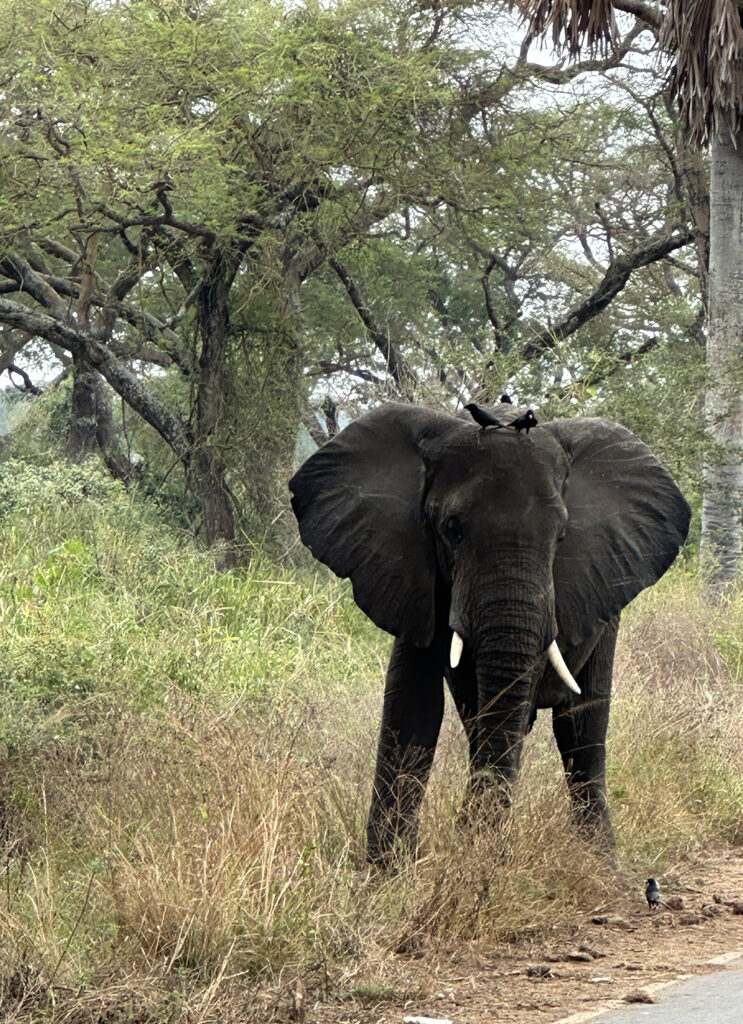By Samantha Ashenhurst
NSDA Communications Manager
What would you say is on your professional bucket list?
For Halifax-based Registered Dental Assistant Sherry Whytewood, taking part in an organized outreach and treating patients in remote areas has been top-of-mind for more than two decades.
“When I became a dental assistant, I knew I wanted to be very involved in the profession,” she tells Nova Scotia Dentist. “I think volunteer outreach missions are a big part of this.”
This past winter, Sherry was approached by a former colleague, Dave Sampson, with an opportunity to achieve this goal. Dave, a dental technician who retired more than eight years ago, had recently crossed paths with his friend, Dr. Gary Samson. Gary, who retired from general practice in 2004, has participated in 16 dental outreach missions in rural areas of Guyana, Haiti, and Peru, among other locales.
“I was catching up with Gary and asked him if he was still doing the outreaches,” Dave says. “He told me he was to Uganda and Kenya in a couple months and asked if I would consider joining.”
“Technicians are so valuable in outreaches,” Gary explains. “They make sure equipment is working and functional. It’s essential.”
“I thought, to myself, well, maybe I should volunteer,” Dave says. “I figured it was an opportunity for an adventure while I’m still healthy enough to do it.”
After signing on, Dave reached out to Sherry and encouraged her to join as well.
“Dave and I worked together for more than 20 years, and he knew that one of the things I wanted to do was an outreach,” Sherry says. “I always figured it would be up north. Never in a million years did I think we’d be off to Africa, but he called me and said, ‘We’re doing Africa in February. What do you think?’ I was in.”

Photos courtesy Sherry Whytewood
Bridge to Health
The month-long trip was coordinated by Toronto-based non-profit organization Bridge to Health. Guided by global health ethics, the group works with local organizations worldwide to bring sustainable healthcare to underserved rural populations, providing cost-effective medical and dental care through appropriate educational programs and clinical service.
This particular trip, which took place in February 2024, consisted of two weeks in the mountainous town of Kabale, Uganda, then another two weeks in Kisumu, a lake village in Kenya. The areas have been visited by Bridge to Health volunteer groups for more than a decade.
“The locations we visit are determined by the Bridge to Health executive board and are completely based on meetings they have with healthcare and government officials,” Gary explains. “A needs assessment must be conducted together with a strong local partner before any intervention. There are a lot of factors in play when it comes to determining where we’re going and what we’re doing.”
Such factors include access, available resources, and expected frequency of healthcare visits.
“Organizers are continually evaluating as we work in different areas,” Gary says.

In practice
While in Africa, Dave, Sherry, and Gary worked and travelled with a large group of volunteers, providing much-needed care to dozens of patients each day.
“It was about 70 of us travelling together from one location to the next,” Dave says. “Most of the members of our group were local dentists, doctors, nurses, and pharmacists.”
As a first-time volunteer, Sherry experienced some culture shock when she arrived at the outreach.
“I’d seen photos from trips before, but that really doesn’t compare at all to what the experience is like,” she says.
“Some mornings we would arrive to set up and there would just be line ups of people waiting,” she continues. “We went to one island in Uganda and set up in this very old brick-and-mortar building. People in need of care had slept out overnight. Six pregnant women were waiting. They had no prenatal care, and they knew that medical was coming and that they’d be able to get an ultrasound.”
When it comes to dental procedures performed, extractions are most common — mostly due to the availability of resources.
“I find that local dentists are quite adept at removing teeth,” Gary says. “They aren’t as used to doing fillings because they don’t have the proper material handy, but we had curing lights and were helping them use materials they’d never used before.”
“Also, because we had a guy like Dave around, we had two dental units and two suction units the hygienists could use,” he continues. “So, we had the potential for operative setups, which is something that doesn’t happen a lot.”
In the long term, Bridge to Health aims to equip remote areas with the training and materials needed to no longer necessitate volunteers from overseas. To that, the organization raises funds to cover tuition costs for local doctors and dentists with the idea that they will stay and practice in rural areas.
“If you’re doing things properly, you want to work yourself out of a job because local dentists will be able to come in and do everything,” Gary says.
Generally, all international volunteers look to local dentists when it comes to patient care.
“In terms of training, you have to be very careful to not to impose your standards,” Gary explains. “You have to respect how dentistry is practiced in the setting and not go in with an attitude like you know what’s best for the patient.”
“I struggled with that,” Sherry admits. “In my dental training, I was taught to explain everything to the patient, make sure they’re comfortable, and reassure them when necessary. That’s not generally done with outreach, though — there just isn’t time.”
“You want to see as many people as possible,” Gary says. “It’s a bit of a different criteria from what we’re used to in Canada.”
Despite this, patients are very appreciative of those working in the clinics.
“People would walk up to you out of the blue and thank you for coming,” Dave says.
“That was absolutely bittersweet for me because I just felt like there was so much more we could have done,” Sherry adds.
Dave agrees.
“There’s always more that could be done because there are millions of people,” he says. “That was a big part of the learning curve for me: Getting rid of my North American mindset and just rolling with it. You do the best you can do with what you have to work with and the time you have.”
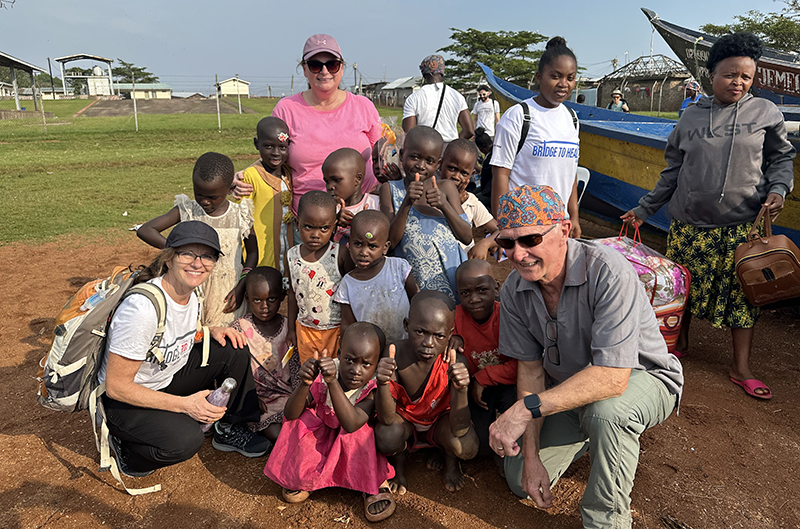
Challenges faced
Logistics and time restraints posed some significant challenges for the volunteers. For the two weeks spent in Uganda, for example, the group did seven clinics, moving around to different places for each one.
“That was a challenge because it would take an hour and a half in the morning to set up the equipment and then another hour or so to take it down at night,” Gary says. “In Kenya, it was a bit easier because we were concentrated in two major areas.”
“That let us put in longer days,” Dave adds.
Navigating emotions can also be challenging.
“Gary had told me before we left that it would be about two weeks in before I would really start to settle in,” Dave says. “Sure enough, we were about two-and-a-half weeks in, and I was talking to my wife one night on the phone and I got very emotional. I don’t know why. It was nothing sad, but suddenly everything you’ve taken in for two weeks hits you like a ton of bricks.”
Sherry agrees that the experience was moving and a bit complex at times.
“I was told that I would leave with one attitude and, once I got home and had time to process the whole thing, I would probably have a totally different response,” she says. “When I left Uganda, I told myself I was never going back — I felt like what we had done just was not enough. But, after a week or so of being home, I realized if they called me to go next year, I would definitely go.”
“It’s all perspective,” Gary adds. “When you come back home, you can look at it with a different set of eyes than what you experienced and you can understand the good and the bad. It gives you a chance to evaluate your experience.”
Amidst the challenges, Dave also says he learned an appreciation for the privileges he’s accustomed to.
“I think about all of our services, the freedom of movement, and the privileges of living in Canada, and it’s just amazing,” he says. “Something as simple as going to the faucet, turning on the tap, and getting a drink of water. When we were at the outreach, I was always planning ahead and thinking of where I’d be getting my next water because hydration is a real issue.”
The missions are also an incredible way to bond with peers.
“When you work with people like this, they really become comrades,” Gary says. “Your health and well-being are based on everybody around you, so you get closer to people in two weeks than friends that you’ve had for 20 years.”
Sherry agrees.
“When we were in Uganda, I met some incredible ladies who are pharmacy students,” Sherry says. “One of them they were calling my sister because her name is the same as mine and our smiles were the same. The three of us have talked on the phone every Sunday since I’ve been home.”
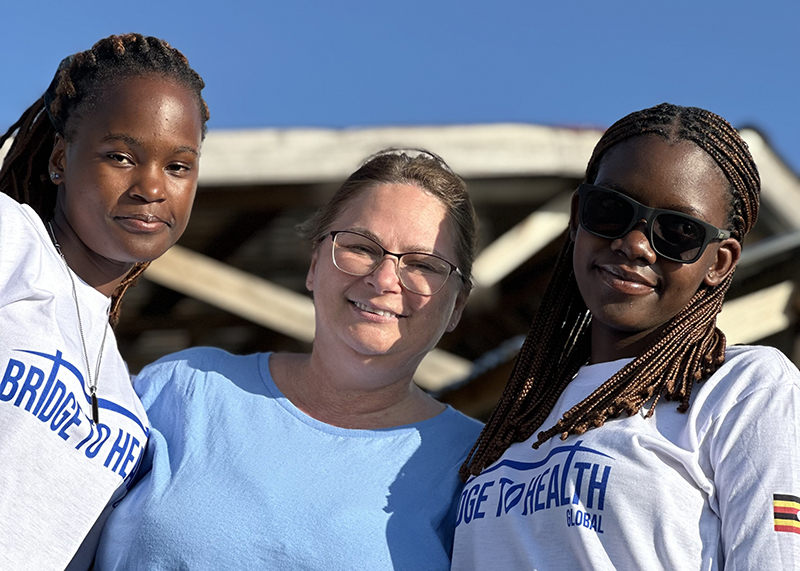
Next trips
When it comes to recruiting volunteers for outreach missions, one logistical challenge in Nova Scotia that Gary hopes will be addressed in the coming years relates to licensing for retired dentists.
“Across the country, we have a lot of people like myself who are retired and love to do this kind of work,” he says. “You have to be qualified in order to do it — there’s no question about that. But to maintain your license in Nova Scotia, you have to engage in dentistry for 450 hours within a three-year period and also pay your registration fee.”
“What Ontario’s done is allowed retired dentists to pay a fee to register for $250 instead of $5,000, as long as they maintain the continuing education,” Gary continues. “I’m hoping that something similar can be passed in Nova Scotia. It would help the profession in every aspect. There are a number of people who are retired who would join these missions.”
Currently, Bridge to Health is looking for volunteers for its 2025 medical and dental outreach. Dave, Sherry, and Gary can’t recommend the experience enough.
“I think anybody that’s got any spark of interest to do it should do it,” Sherry says. “Absolutely. It’s life-changing.”
“Anybody and everybody can contribute,” Dave adds. “No matter what your skills are and what your age is, you will make a difference. Everybody can contribute something.”
“It’s just an amazing experience,” he says. “Absolutely amazing.”
Since its launch in 2012, Bridge to Health has provided care to more than 48,000 patients through 12 outreaches, planned with and led by local partners, and has sponsored over 850 clinical trainees. For more information, visit bridgetohealth.ca.


